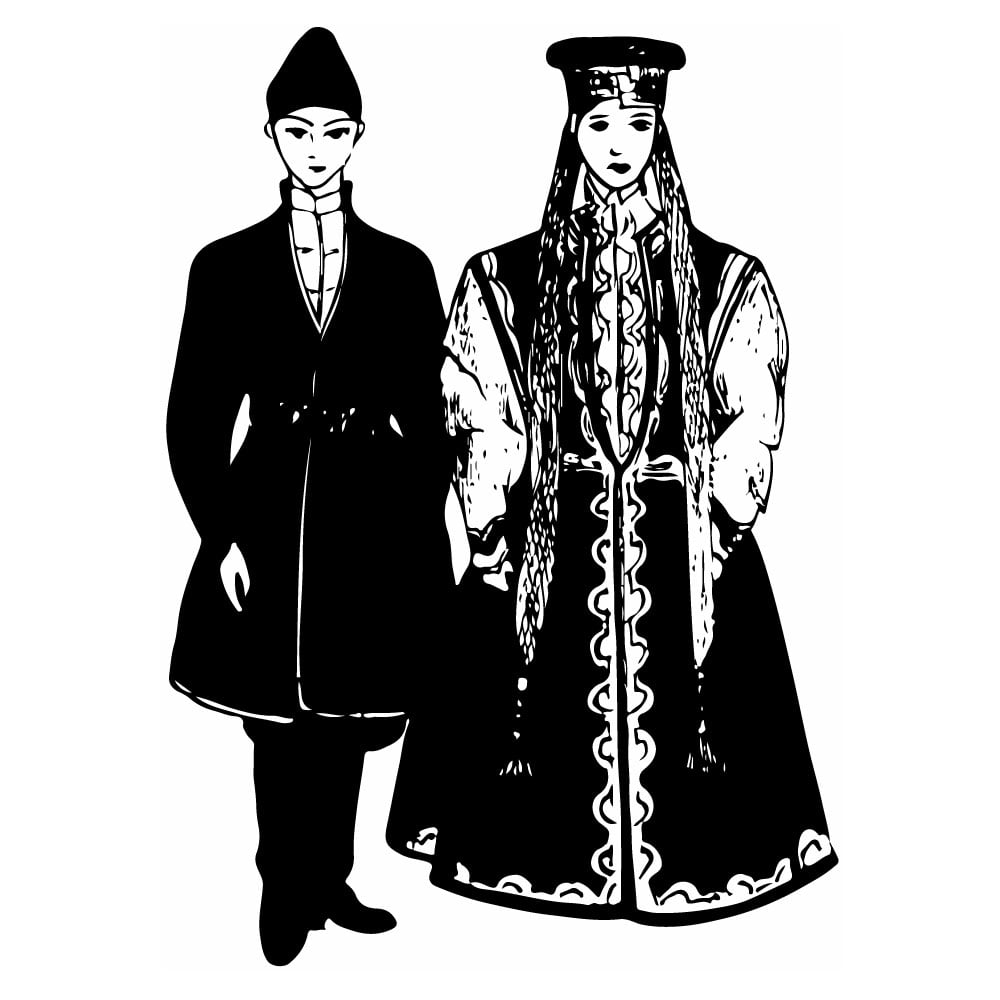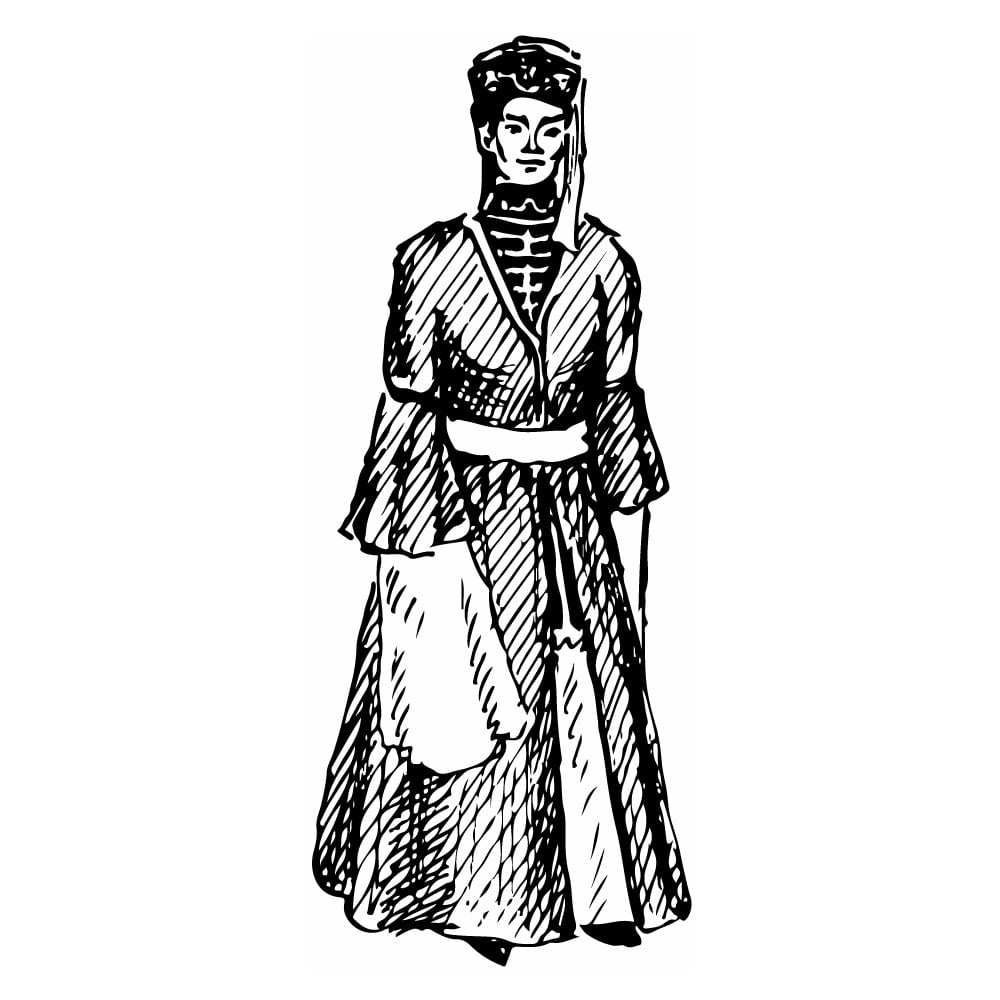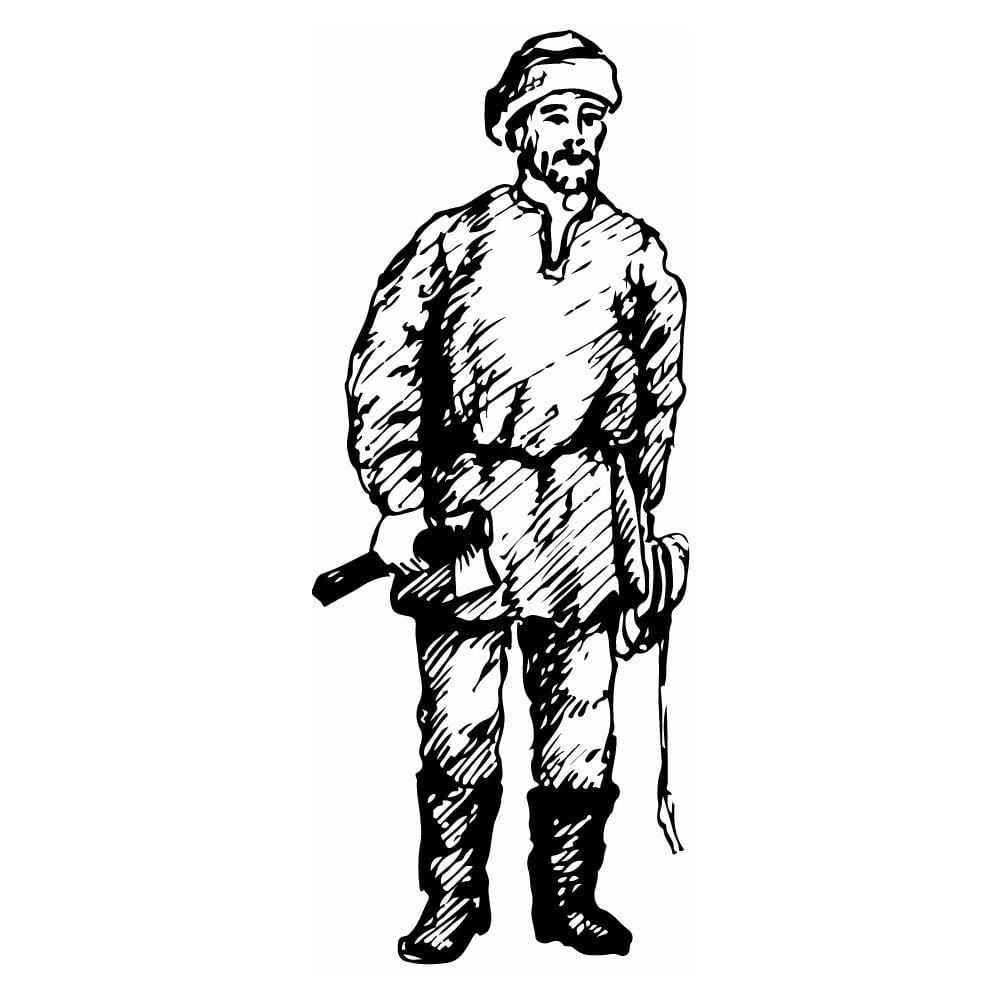Oroki
| Population | 200 |
| Language group | Tungus-Manchurian |
| Language | Oroki |
| Region | Sakhalin Island |
| Religion | Christianity, Shamanism |
*Population estimates for 1994
In the past, the Oroki roamed in the eastern part of Sakhalin. From spring to autumn, they kept close to the seaside and rivers; but in the winter, they went to the taiga and other quiet places protected from the wind.
Ulta is their self-designation. The same root “ula” (domestic deer) is likely common for both words.
Concerning their ethnographic peculiarities, the Oroki are close to the Orochi and Ulchi. However, they differ greatly from them in reindeer-breeding. The legends about their origin show their continental origin and reindeer-breeding of the past. According to these legends, the Oroki moved to Sakhalin not later than in the seventeenth century. Their ancestors are supposed to come from Amgunya river.
In spite of having reindeer necessary for roaming, Oroki’s mode of life had many elements of a permanent way of life. That can be explained by fishery which played a great role. The Oroki were famous as skillful hunters in the woods.
Oroki’s ancient clothes were close to those of the other nationalities of Amur. By the beginning of the twentieth century, their national costume was almost lost completely and replaced by Russian clothes. It’s interesting to note that their ancient costume included a Tungus bib, which was worn under a dressing-gown. That shows that in the past some articles of Tungus clothes were used by the Oroki. A short jacket made of leather was also widely used.
In Oroki’s religion one can find three historically different complexes. The oldest one is the cult of nature, “masters” and some elements of the cult of animals. The second layer is the shaman cult. Shamanism modified that ancient cult of animals and added some specific features. The third layer was Christianity. The Oroki were acquainted with its rites only in the nineteenth century. They were christened in the nineteenth century, but Christianity penetrated their religion only with its series of myths. Among them there are myths about Khadau, a primitive creator and cultural hero, about creation of a man and a bear, the earth and planets.
Oroki’s fine arts has much in common with the arts of other nationalities of the Amur.
This is Ad 1




























